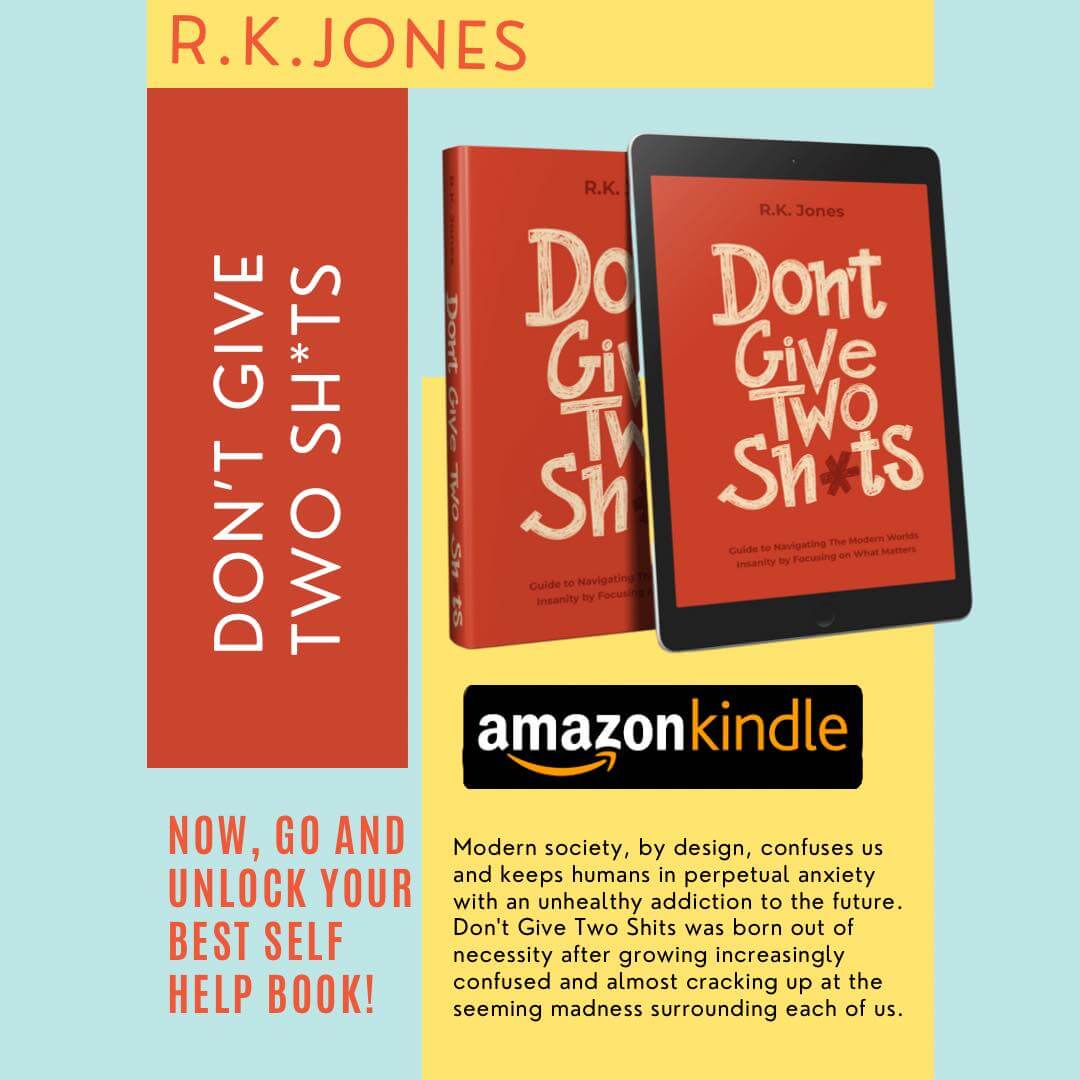How To Get Page One One Google For Free
Introduction
How To Get to Page One On Google in 2023 – Do you know an excellent way to get to page one of Google? Get there in the first place. You know, all that white space you see when you search for something? That’s page one, and it’s where everyone wants to be.
And if you wish for your website or blog to rank well on Google, it’s important to understand how best practices will help achieve this goal, and how they might not work for your site or industry. Because of this, we’ve put together a guide on how best practices can help you get there in 2023.
Bonus Tip: Investing in digital marketing can significantly boost your chances of ranking on Google. And if you’re interested in mastering the art of digital marketing, finding the right course is very easy, regardless of where you live. For example, if you’re in Ahmedabad, a simple search like best digital marketing courses in Ahmedabad can lead you to the perfect course that is specifically tailored to your needs.
Also Enjoy: How To Find Guest Posting Sites in 2023
1. Create a Google My Business Account
You’ll want to create a Google My Business account. Google My Business is a free tool that helps you manage your business information on Google.
You can create a listing for your business on Google Maps, which customers use to find local businesses in their area.
Google My Business will help you manage and maintain all of the information associated with your listing, including:
- Address details like phone numbers and hours of operation
- Photos of the business location or interior store layout
- Categories related to the kind of service they provide (for example, restaurants or hotels)
2. Research on Long-tail Keywords
While long-tail keywords are more specific and targeted, they’re also more likely to convert. When you search for the “best digital marketing agency,” you have an idea of what you’re looking for and know precisely what you want.
This means that by targeting long-tail keywords, you can better narrow down your audience and increase conversion rates with fewer traffic losses due to low relevancy (i.e., users who aren’t interested in the product or service).
Another reason long-tail keywords are so important is that they’re more likely to be used in search intent. When a user searches for “how to get to page one on Google?” (which is very vague), then it’s unlikely this person has done any research at all before searching online; however, if someone searches explicitly using the phrase “get on page one of googling” then there’s a good chance they have already looked into their options and wants some help from an expert in order get started quickly.
3. Add Content to your Site Regularly
Content is king, and it’s the fuel of the internet. If you want to be on top of Google, you need to provide your visitors with engaging content. When you create content, search engine bots will crawl your site looking for fresh new material for indexing.
The more frequently they find something new on your site and then update their database with that information, the higher you rank on page one (or three).
You also want people who visit your page to stay there and share what they’re reading on social media or through word-of-mouth campaigns (we’ll talk about those later). That means providing helpful information that gets people talking.
4. Focus on the User Experience
When you think about SEO, the first thing that comes to mind is probably keywords. When searching for a new job, your goal is to find the correct position on Google. But this approach is not enough! You need to consider your users and understand what they want when they visit your site and search for something on Google.
User experience (UX) design focuses on understanding users and their needs so that we can design better products and services for them.
When designing a website or application with UX in mind, remember that it should be:
Clear—Users must know what they can do on the site without having to read anything else or ask anyone else. A user should be able to follow all steps necessary without any confusion.
This means using clear language and ensuring each button has only one function when clicked on; otherwise, people will get frustrated trying different things until they find what works best for them.
Must Read: Are Instagram Giveaways Productive for Increasing the Audience?
5. Set up your Navigation with SEO Best Practices in Mind
The first step in optimizing your navigation is ensuring it’s easy to find. This means:
- Showing the menu in a visible place, like on the top of the page or below the header (make sure you have an H1 tag that can be seen above this menu).
- Use links that are clear, concise, and readable. If you need help with this, check out Wordstream’s guide on creating valuable links.
- Ensuring all pages are linked back to from at least one other page on your site so that visitors can navigate around easily without getting lost or confused about where they concern other pages within their site experience.
6. Utilize Internal Links
To get to page one, you need to create internal links within your website. Internal linking is an excellent way for Google to understand your site and how it’s organized.
You can use internal links to link related content together or link popular content to less popular pages so that Google understands that the last page is still important enough to include in its index.
Once you’ve made those changes and seen results from them, it’s time for the next step: creating external links on other websites that point back to your site.
7. Optimize your Website for Mobile
Mobile-friendly design is a must. It’s a modern world, and more than half its population owns a smartphone. People browse the web on their phones more often than on desktop devices, so your website must look good on mobile devices and desktops.
To ensure your site displays correctly in mobile browsers, you’ll need to choose a responsive design theme or plugin that automatically detects screen size and adapts accordingly.
8. Obtain Customer Reviews
Obtaining customer reviews is one of the best ways to get traffic, links, social shares, backlinks, and additional customers. Your website was built on the premise that when people need information about your product or service, they search for it on Google.
If you’re lucky enough to rank #1 for a keyword related to your business (like [Google SEO in 2023](https://www.google.com/search?client=safari&rls=en&q=Google+SEO+in+2023)) then people will visit your site organically and become customers.
Customer reviews are an effective form of content marketing because they provide valuable insight into what others think about buying things from you.
These posts can be shared across social media platforms like Facebook or Twitter, which can help drive more traffic to your website. You should use this technique as much as possible throughout all stages of building up traffic through organic means – including finding keywords.
Must See: How To Find Great Blog Titles In 2023
9. Sign Up for Google Authorship
With Google Authorship, you can connect your website, social profiles, and other online activity with your Google+ profile. This allows you to be verified as the author of the content you post on the web and links back to your site. Here’s how it works:
- Sign up as an author on Google+
- Set up your profile by adding your bio, photo, website, and social media links (Twitter/Facebook/LinkedIn).
- Add pictures of products or services you offer and links back to those relevant pages on your site.
Conclusion
Ideally, this article has helped you understand how to rank on Google and get your site to the first page. It has covered some of the basic steps you can take and some advanced techniques for getting more traffic from search engines.
More Reading: How To Get Backlinks For Your New Blog in 2023.









